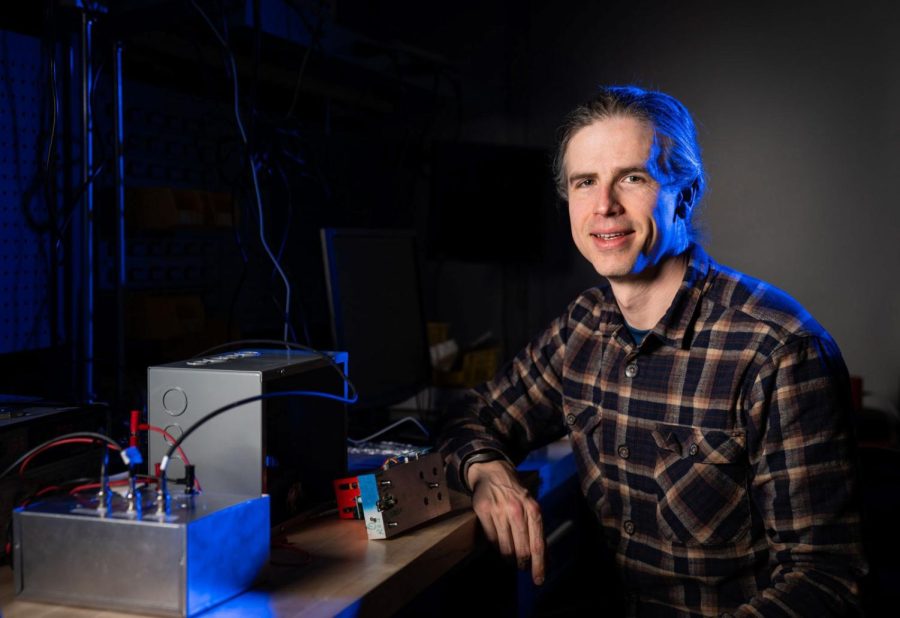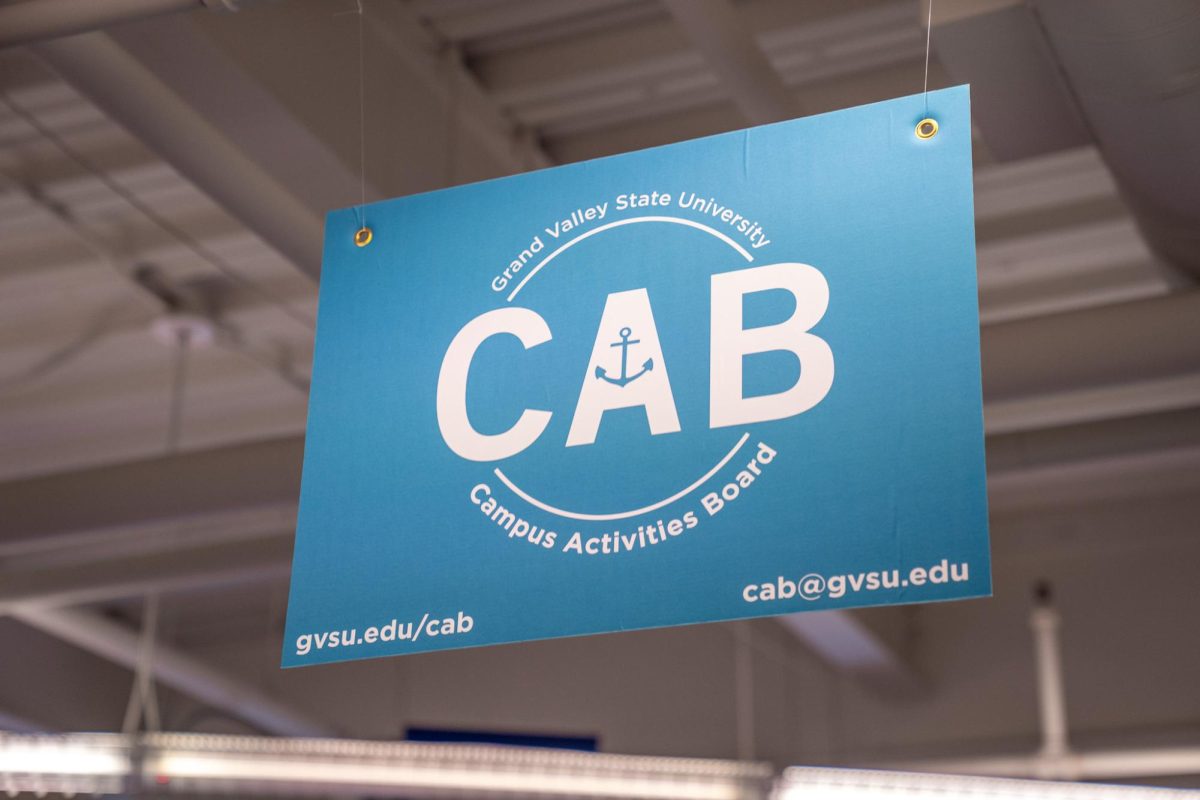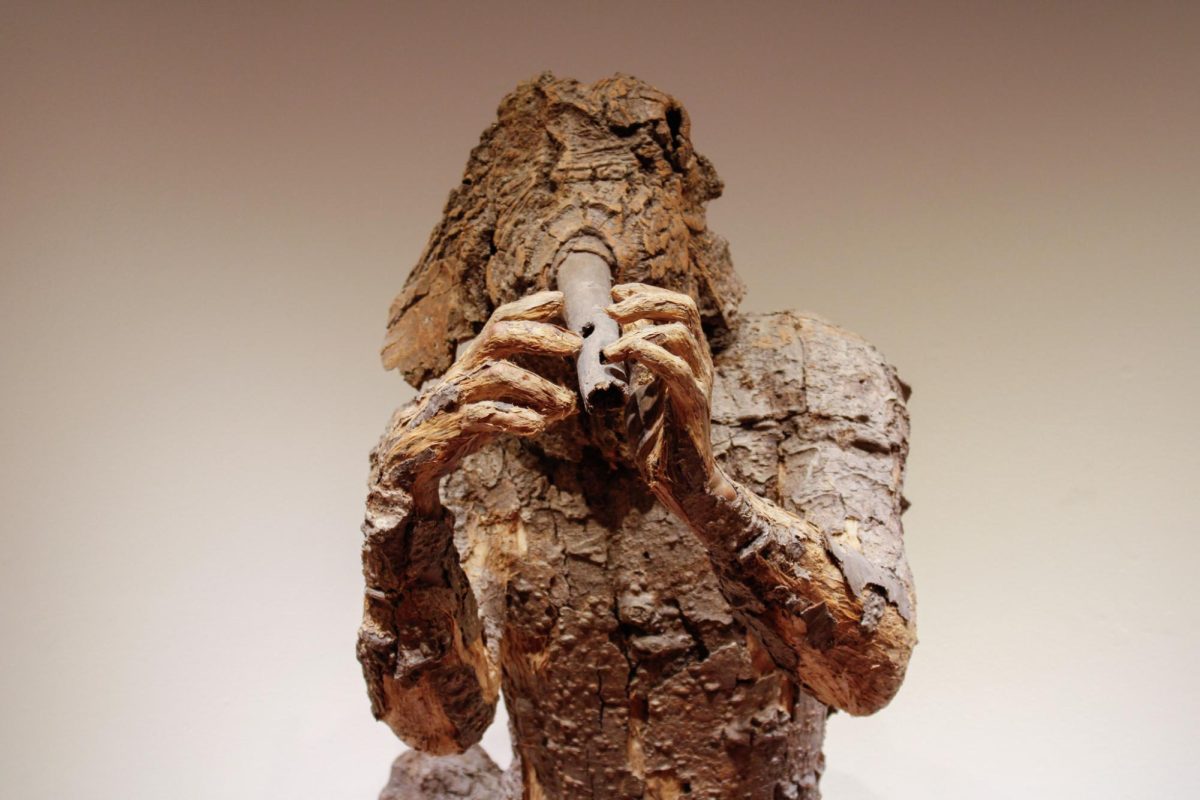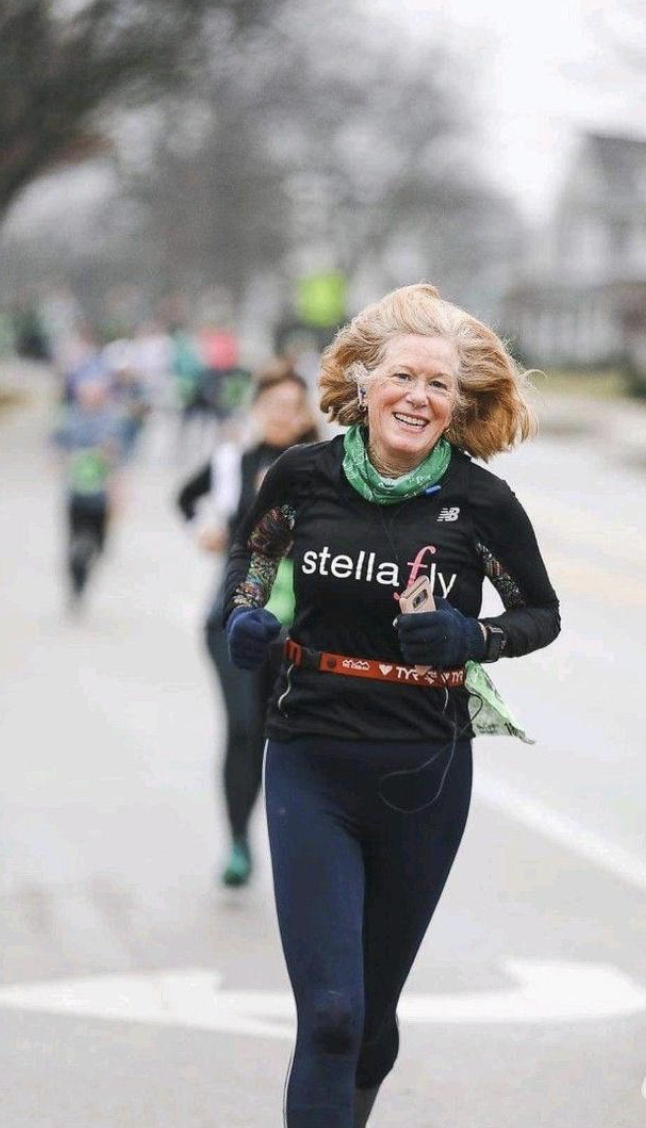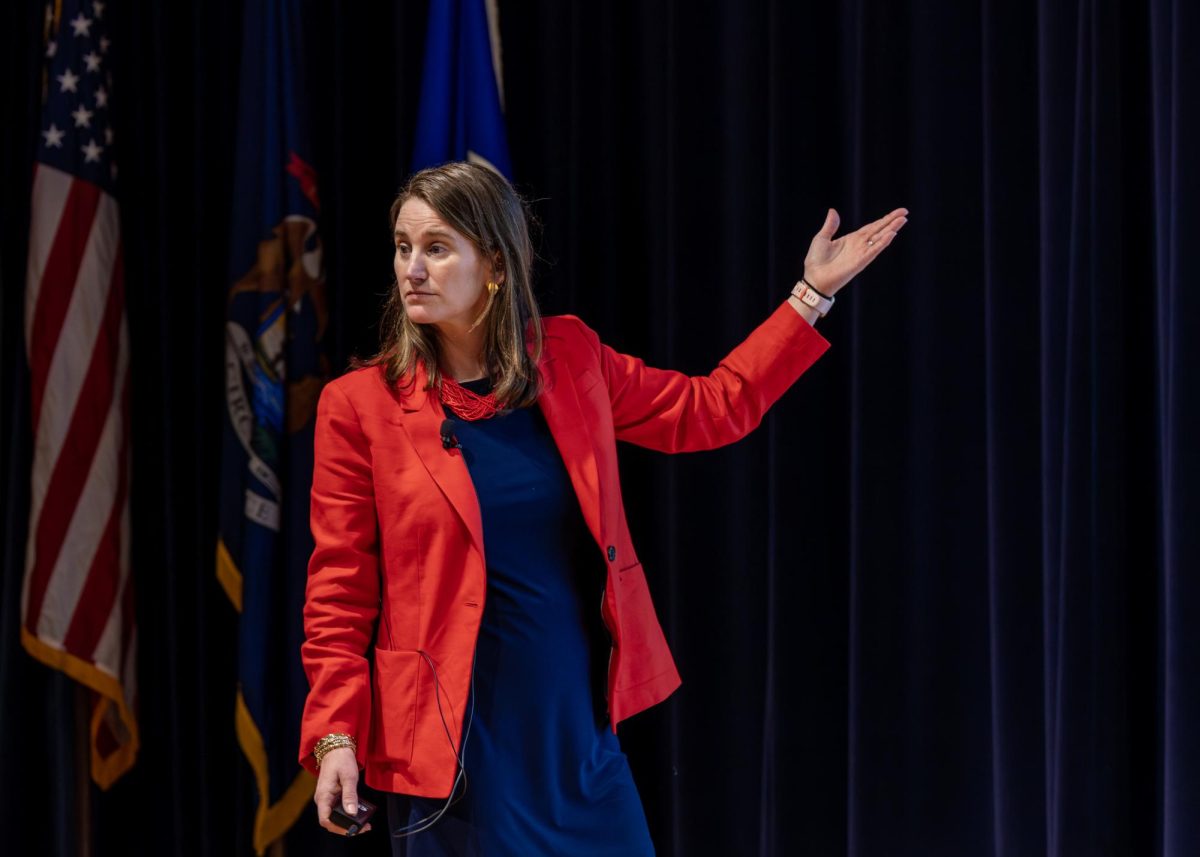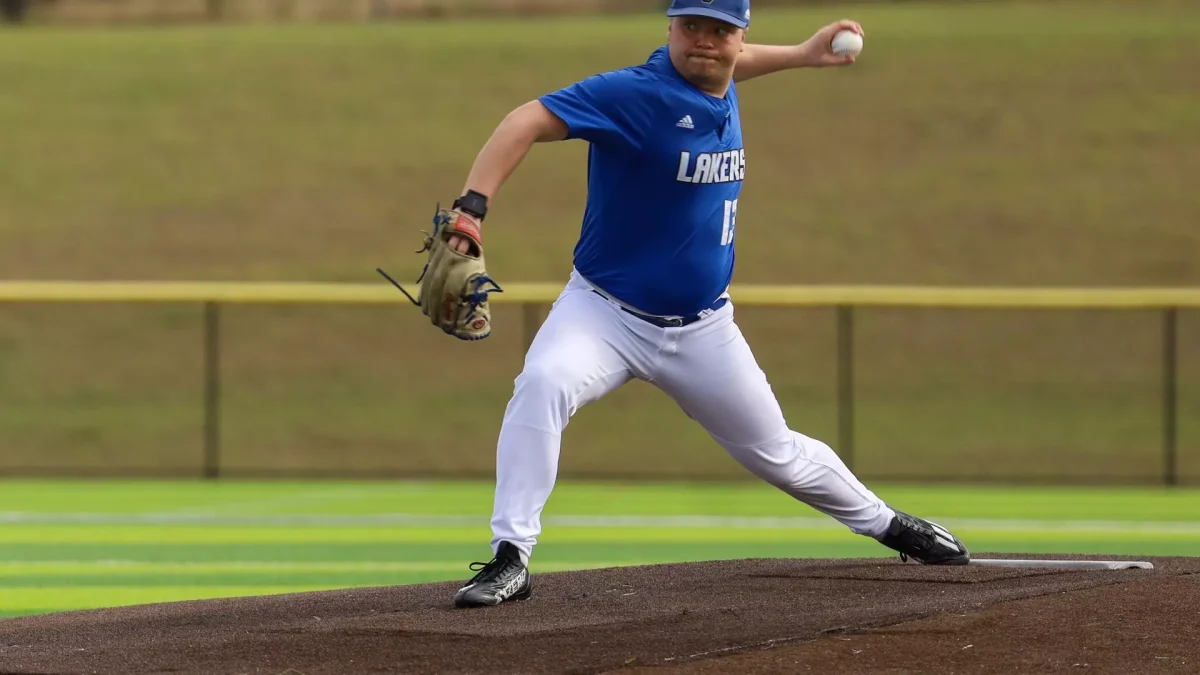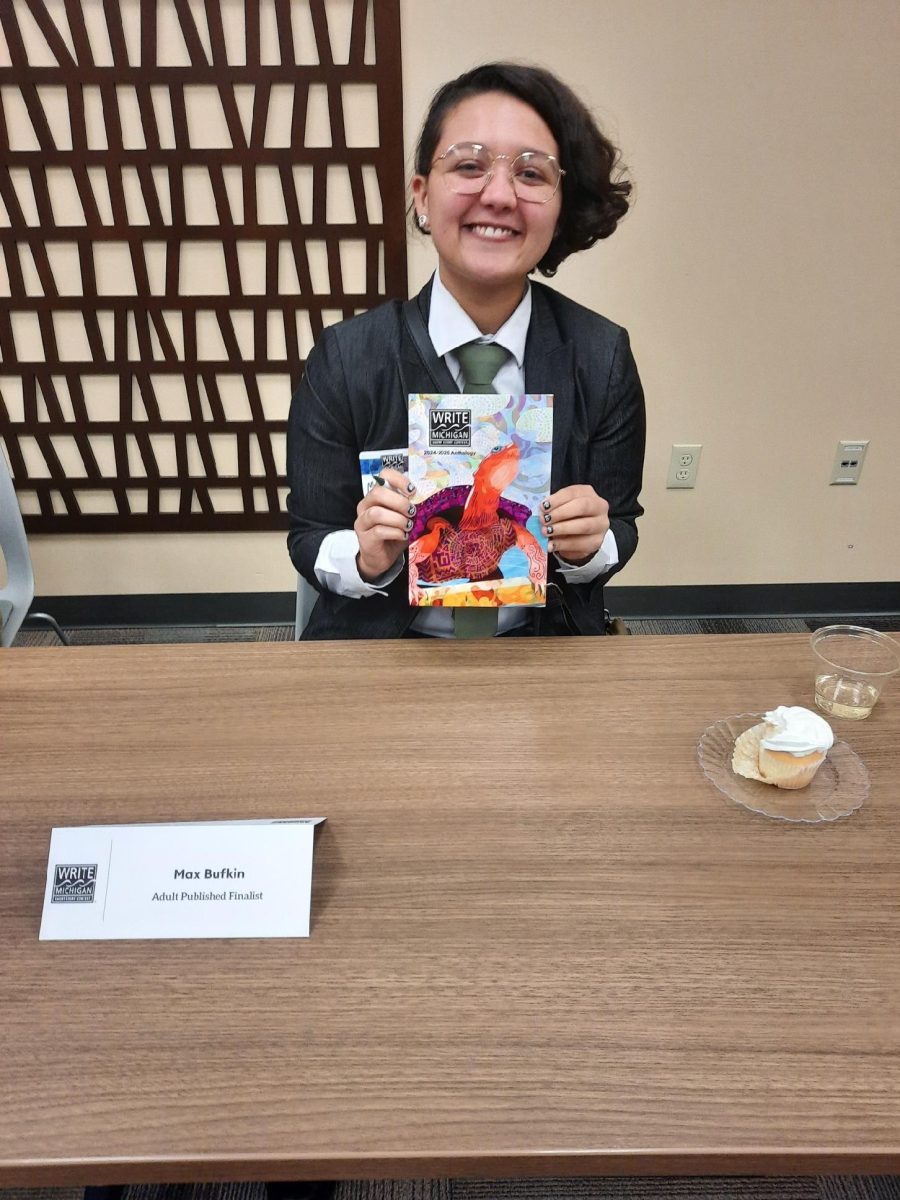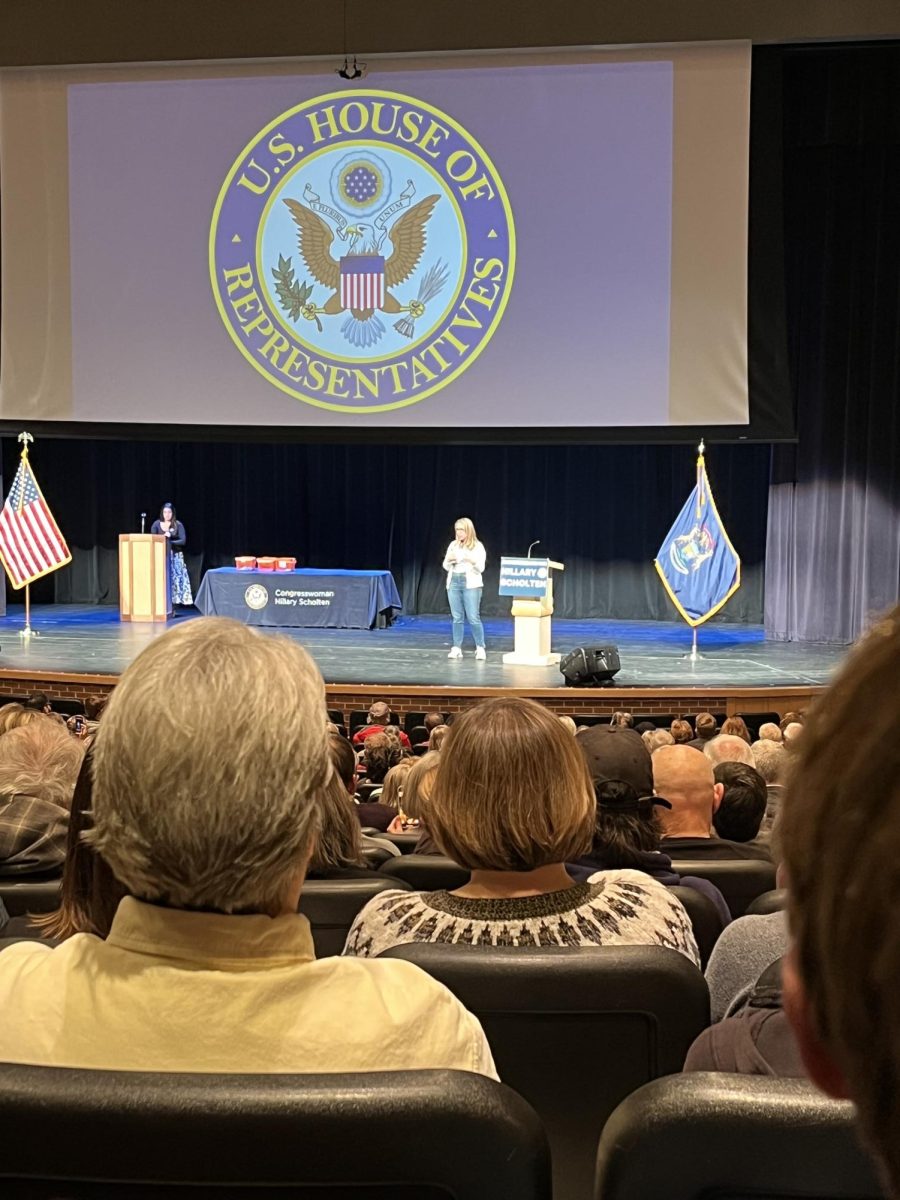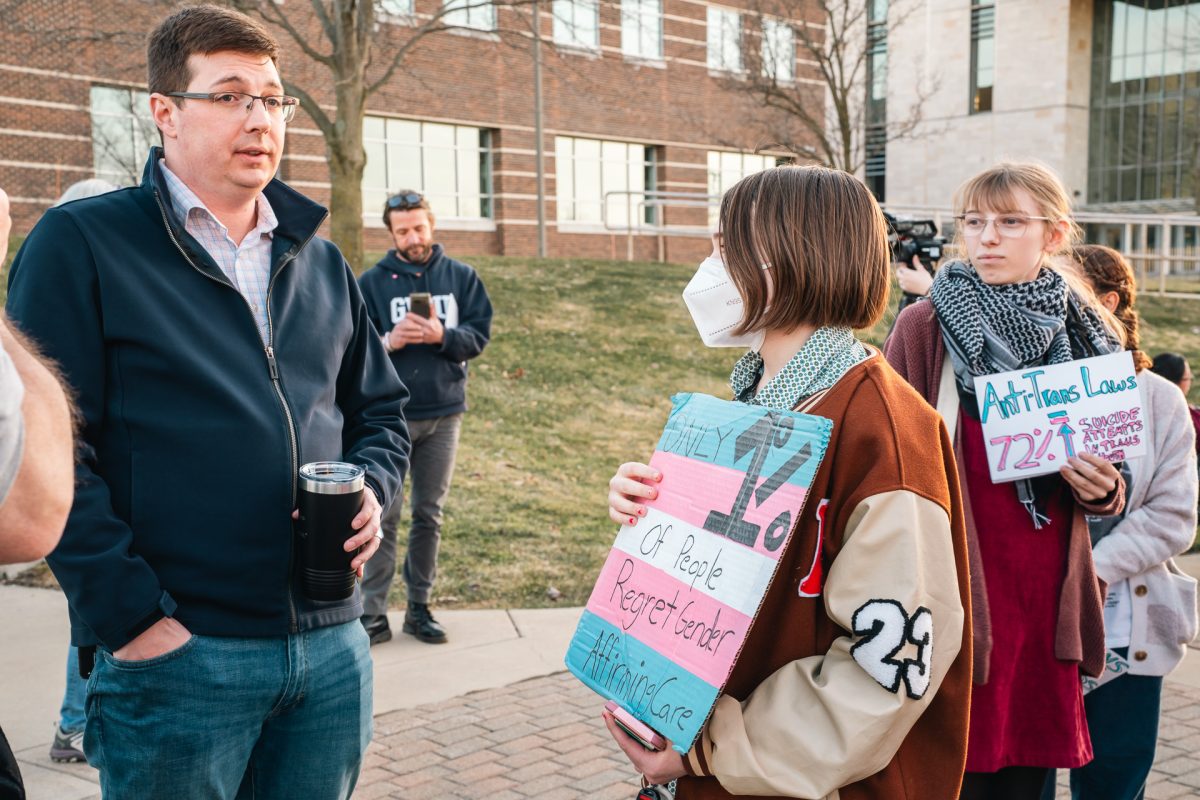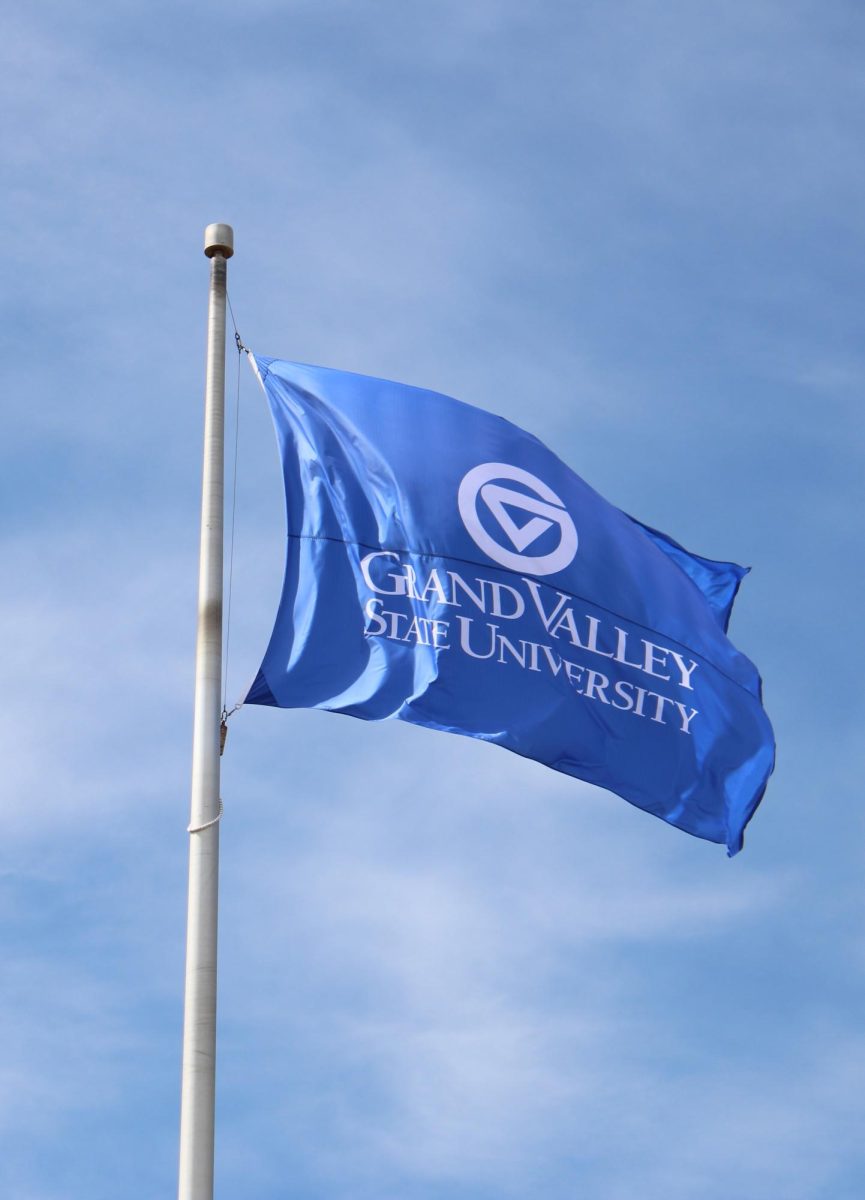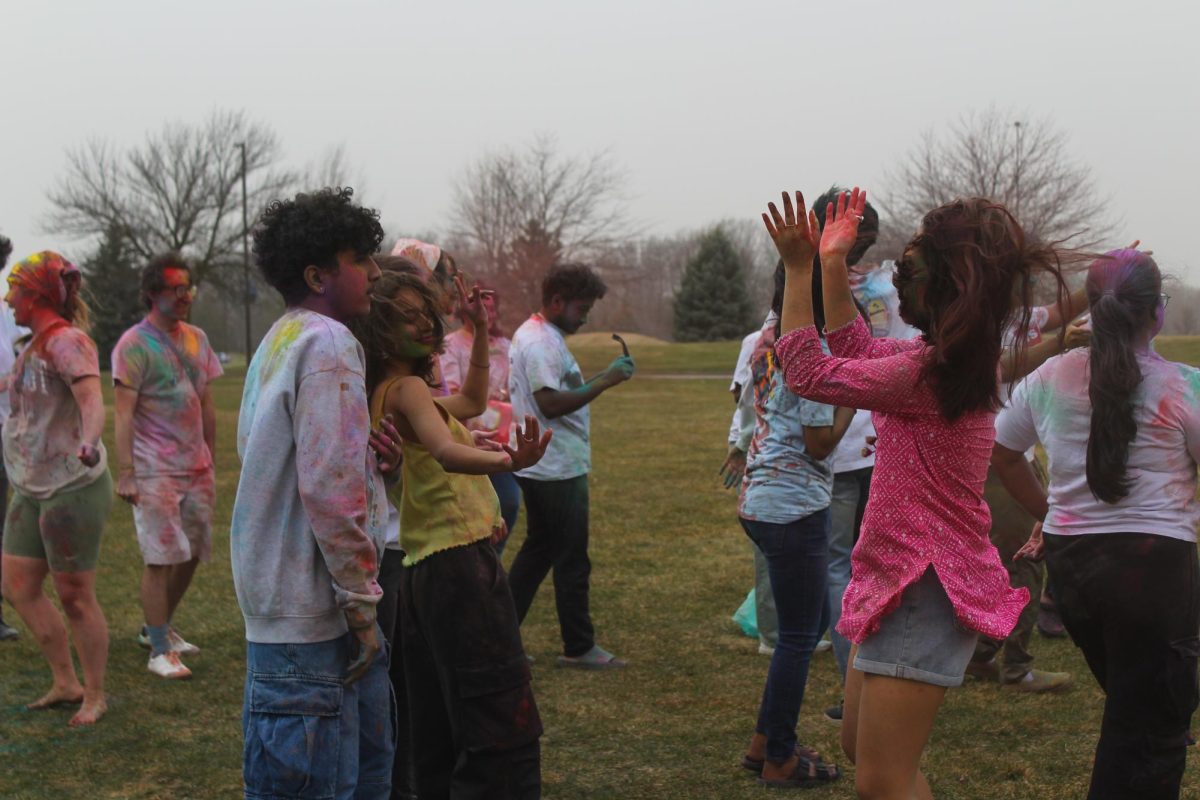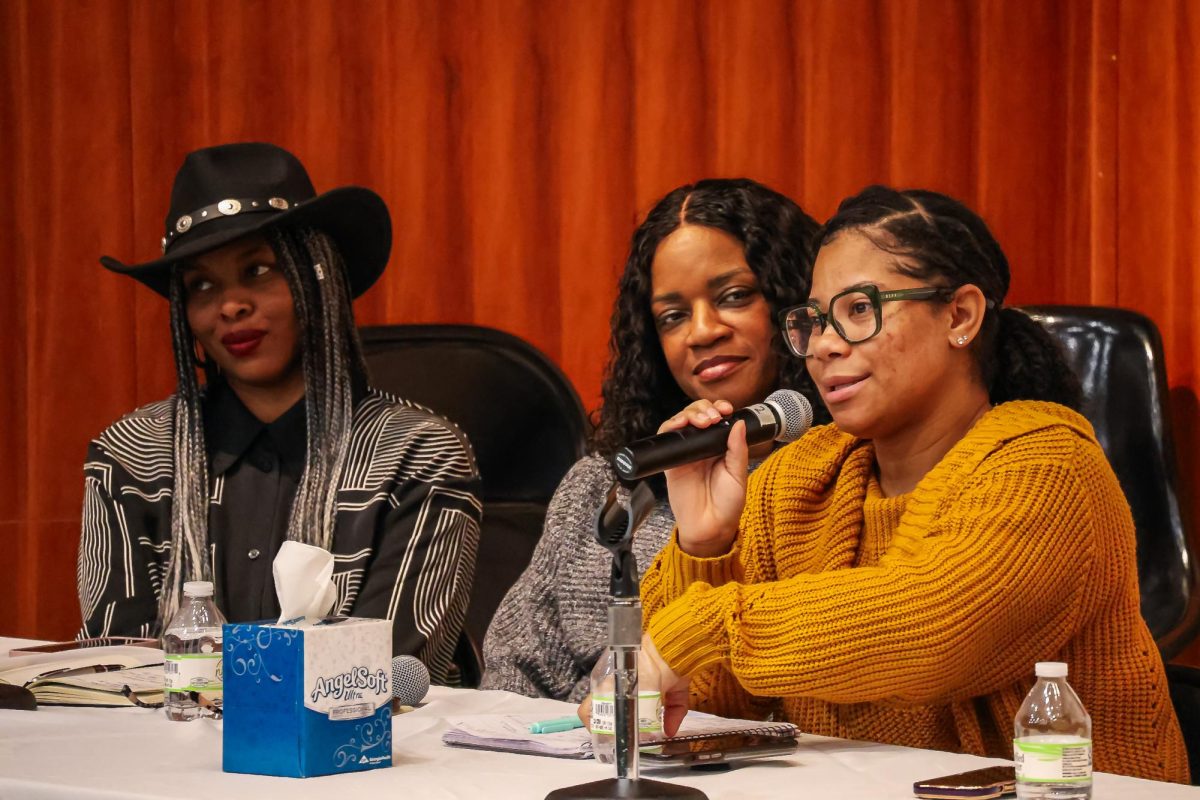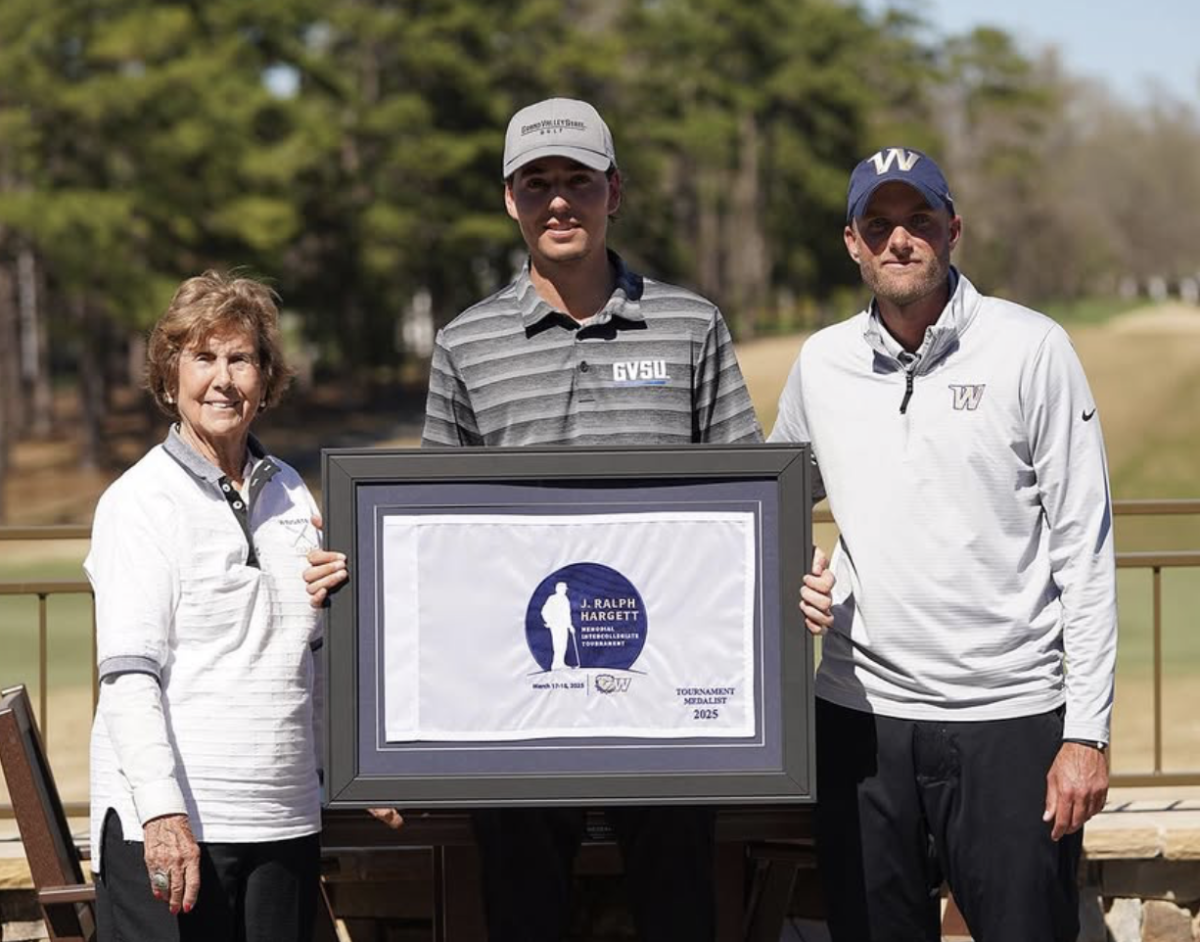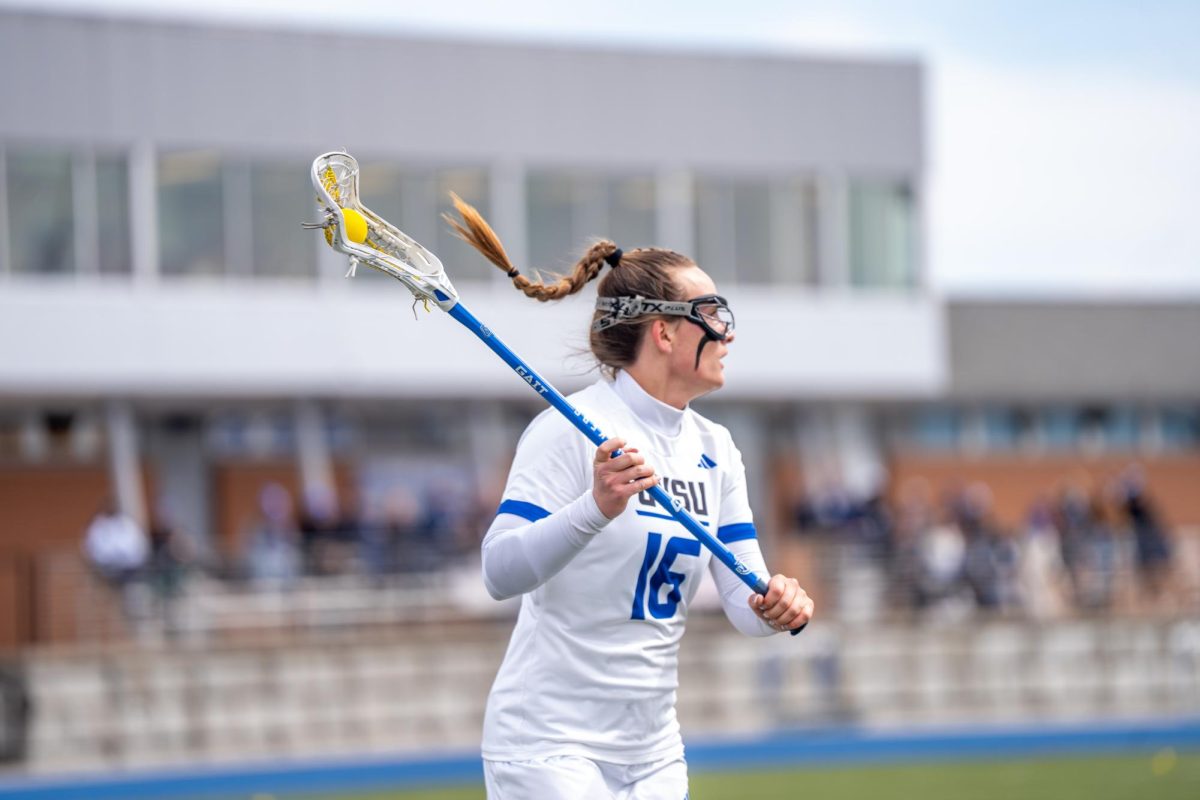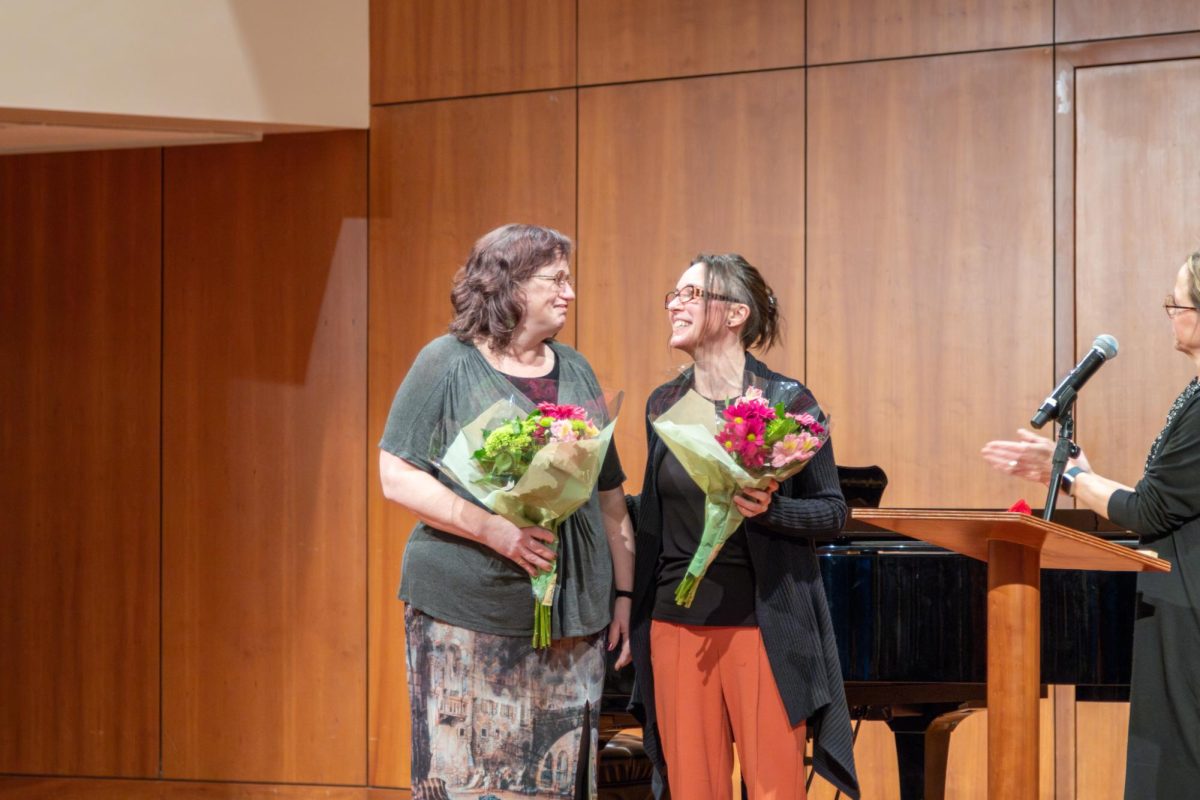GV professor creates microscope to help understand complex concepts
Feb 20, 2023
Joshua Veazey, an assistant professor of physics at Grand Valley State University, has developed a microscope that can help students better understand concepts in physical science.
Veazey designed the prototype of the microscope with his students. The idea of the project was to give students a better understanding of atomic particles. He hoped the microscope would give them a more practical, physical representation versus the traditional graphs and abstract representations.
The microscope helps students understand the idea of quantum tunneling, the phenomenon of an electron passing through a traditional energy barrier.
“Imagine that you had the ability to walk through walls,” Veazey said. “There is a vanishingly small probability that you’d be able to if you tried. But for electrons, the probability is higher, and there are so many electrons in conductive materials that it is happening constantly. One of the reasons it is difficult to observe is because it generally just happens with subatomic particles.”
Quantum tunneling hasn’t been readily observed by students in the past. To help students better understand this occurrence, Veazey worked to create a tool that could communicate the quantum process better and visualize the complex concept.
“I have always been passionate about education, from the time I was an undergraduate myself,” Veazey said. “As I gained experience with many modern tools in solid-state physics during my research activities in graduate school and beyond, I realized that tunneling experiments were largely inaccessible in the undergraduate curriculum. I began thinking of a way to simplify and reduce the costs of a famous research instrument that is near and dear to me: the scanning tunneling microscope.”
The scanning tunneling microscope is the typical equipment used for quantum tunneling research. However, this tool is often costly and inaccessible for many programs. Veazey’s microscope, which he calls the “z-axis tunneling microscope” or ZTM, acts as a simplified, less expensive and effective tool.
Even though the microscope was Veazey’s idea, he said he couldn’t have accomplished the task without support from the university and student involvement.
“I first conceived of the idea about 10 years ago,” Veazey said. “When I became a tenure-track faculty member in 2017, the physics department and the Center for Scholarly and Creative Excellence at GVSU provided funding for me to develop the instrument with my students.”
Veasey said students helped on multiple parts of the projects in order to create the final product.
“I very much enjoy working with students,” Veazey said. “Randy Lindgren constructed the initial prototype during his senior capstone project. Wesley Kozan improved the delicate process of safely bringing a sharp tip close enough to the sample without touching it. Douglas Knapp and Noah Fuerst acquired the first datasets in a classroom setting.”
Veazey said sometimes the road to completing the project was difficult, but his team was able to solve problems together.
“It is typical for challenges to arise in the middle of developing a new instrument,” Veazey said. “Randy and I worked together to iron out many of the finer details in the design over the course of a couple of years.”
While these students assisted him, they kept a common goal in mind: showing real evidence of actual quantum tunneling. They wanted to show the concept in a way that diagrams and visual aids could not.
“Science is more than diagrams, theory and textbooks,” Veazey said. “It’s real life.”
Veazey said physics concepts like tunneling have real-life applications that are seen in day-to-day life.
“Processes from nuclear reactions to the central processing unit (CPU) in your phone depend on tunneling,” Veazey said.
The new microscope and its functions will be shared with other colleges and universities.
“This summer, we will be a host site for faculty from other colleges and universities as part of a National Science Foundation (NSF) funded workshop program ALPhA Immersions: ALPhA’s Laboratory Immersions Programs,” Veazey said.
The future of the program has gained more potential with professors and students alike looking to innovate in the field of science. The microscope and contributions the technology affords will benefit the study of physics both at GVSU and across the field.
“Physics faculty will come to Grand Valley to learn how to build and perform experiments on the ZTM for use in their own courses at their home institutions,” Veazey said.





